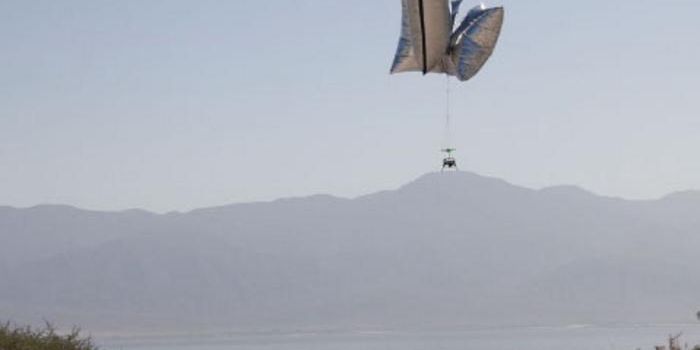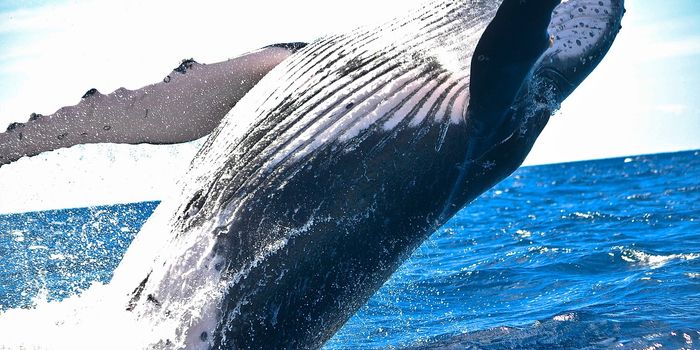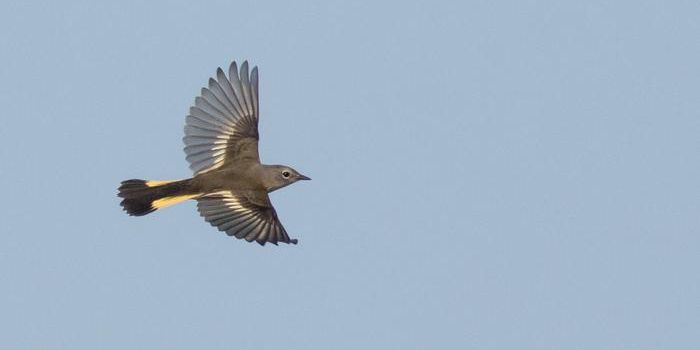What can dolphin skin cells tell us about the impacts of climate change?
It might be news to you that environmental disturbances and climate patterns like as El Niño can be influential enough to shift the entire marine food chain – but it’s true. Recent research from NOAA that was published in the journal Scientific Advances has shown that the “length” of the oceanic food chain off the coast of Southern California is being impacted due to changes in natural and human-driven phenomena.
"We documented for the first time marked changes in the pelagic food web length in response to various natural and anthropogenic-related stressors," said lead author Rocio I. Ruiz-Cooley. "This tells us that the food web is very dynamic, and reveals changes in the ecosystem around it." Before this study, it was common belief that the marine food web remained stable despite changing environments.
The team of researchers figured out these surprising findings by gathering data from the skin cells of common dolphins for over two decades. How do dolphin epithelial cells show the length of a food chain, you ask? Good question.
Because dolphins are at the top of the food chain as large predators, their cells hold chemical information from all of the lower level species via the previous path of consumption (they eat fish, which eat smaller fish, which eat even smaller fish, etc., etc., all the way down to the phytoplankton at the lowest level on the food web).
Understanding the “length” of a food chain is important because it is correlated to the diversity, and hence resilience, of an ecosystem. We often see short food chains when an ecosystem is experiencing stress from some environmental condition, such as an El Niño. This is what we saw happen from 1997-1999 when a strong El Niño Southern Oscillation warmed the waters off the U.S. West Coast.
When stressors in the environment occur, nitrogen cycling, primary productivity, and dissolved oxygen concentration in marine ecosystems changes. As a result, different species thrive and die. Because of that, predators may start to eat whatever they can find instead of their normally preferred prey, and this can throw the entire ecosystem out of whack. "These changes in life history traits and population dynamics likely reduced and/or removed populations of many species, including important components of the food web," explains the study. The result is that the food web shortens. These are the sort of patterns that the scientists were looking for.
The team’s findings show that food chains were consistently longer when conditions didn’t lean toward one extreme or the other. The report writes that food chain length thrives under “Intermediate conditions for surface temperature, chlorophyll concentration, multivariate ENSO index, and total plankton volume (but not for hypoxic depth and nitrate concentration).”
The take-home message is this: everything is connected, and for every action, there is a reaction. Thanks, Newton!
Sources: NOAA, Science Advances









